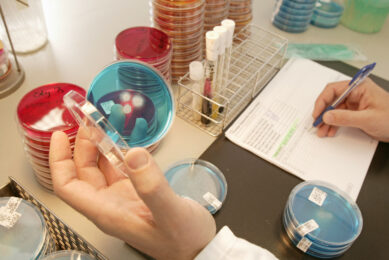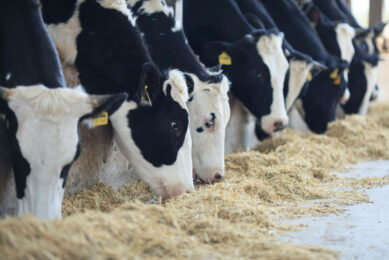Antibiotic focus during EuroTier?

Germany has implemented some new rules recently regarding therapeutic use of antibiotics. It was about time and a logical step, after the EU ban on in-feed antibiotics was implemented almost ten years ago. Without a doubt, health and immunity promoting feed solutions are the way forward and I hope to see a lot of them at the upcoming EuroTier show.
An EU-wide ban on the use of antibiotics as growth promoters in animal feed came into effect on January 1, 2006. Since then, many European countries also actively started to work on better monitoring of the therapeutic antibiotics given by veterinarians and farmers. In the Netherlands for example, a strict and effective plan came into force not long after the in-feed antibiotic ban. This showed to be very successful. Between 2007-2012, the total sales of antibiotics licensed for therapeutic usage in animals in the Netherlands decreased by nearly 50%, from 495 tonnes in 2009 to 249 tonnes in 2012.
Renewed German system
The centralised data collection of veterinary use of antibiotics (including a warning system for veterinarians and farmers), implemented in the Netherlands, has inspired several other EU countries to start or step up the monitoring the therapeutic use and sales of the antibiotics. In Germany, a compulsory antibiotic monitoring system came into force on April 1st this year. It was a renewed version of a system from 2008, which appeared to be not that successful. So it was about time the country implemented a good system. In practice, the system (Deutsche Antibiotika-Resistenzstrategie (DART)) means that every six months, pig, poultry and cattle farmers need to report their antibiotic use to the veterinary authorities. If the data show that a farm has used more antibiotic products than average, the farmer is forced to cooperate with the veterinarian on an improvement plan to reduce the antibiotic use. The farms that use more than 25 percent above the average level, a written action plan should be presented. If the action plan is not followed, the farmer could get a financial penalty. It is also possible for the German farmers to compare their antibiotic use with colleagues via an online system.
Further decline expected
The implementation of the new DART system was a long and tough process for the German Bundesdag. It apparently took some years to decide on these new rules. Nevertheless, it shows that Germany takes it responsibility in reducing the antibiotic use and hence minimise the spreading of resistant bacteria. Earlier data already showed that the use of antibiotics in German animal production already declined in 2013. With the new efforts, the German industry (among which the German Farmer’s Association DBV) expects that this declining trend will continue in the coming years.
I am looking forward to learning more about the new feed solutions at the upcoming EuroTier (www.eurotier.de) in Germany. Pretty much the whole of the German livestock sector will be there, so the topic of reducing antibiotics should and will be discussed there, both among farmers as animal nutrition companies. I am also curious if the new German system will be more successful than its predecessor.











